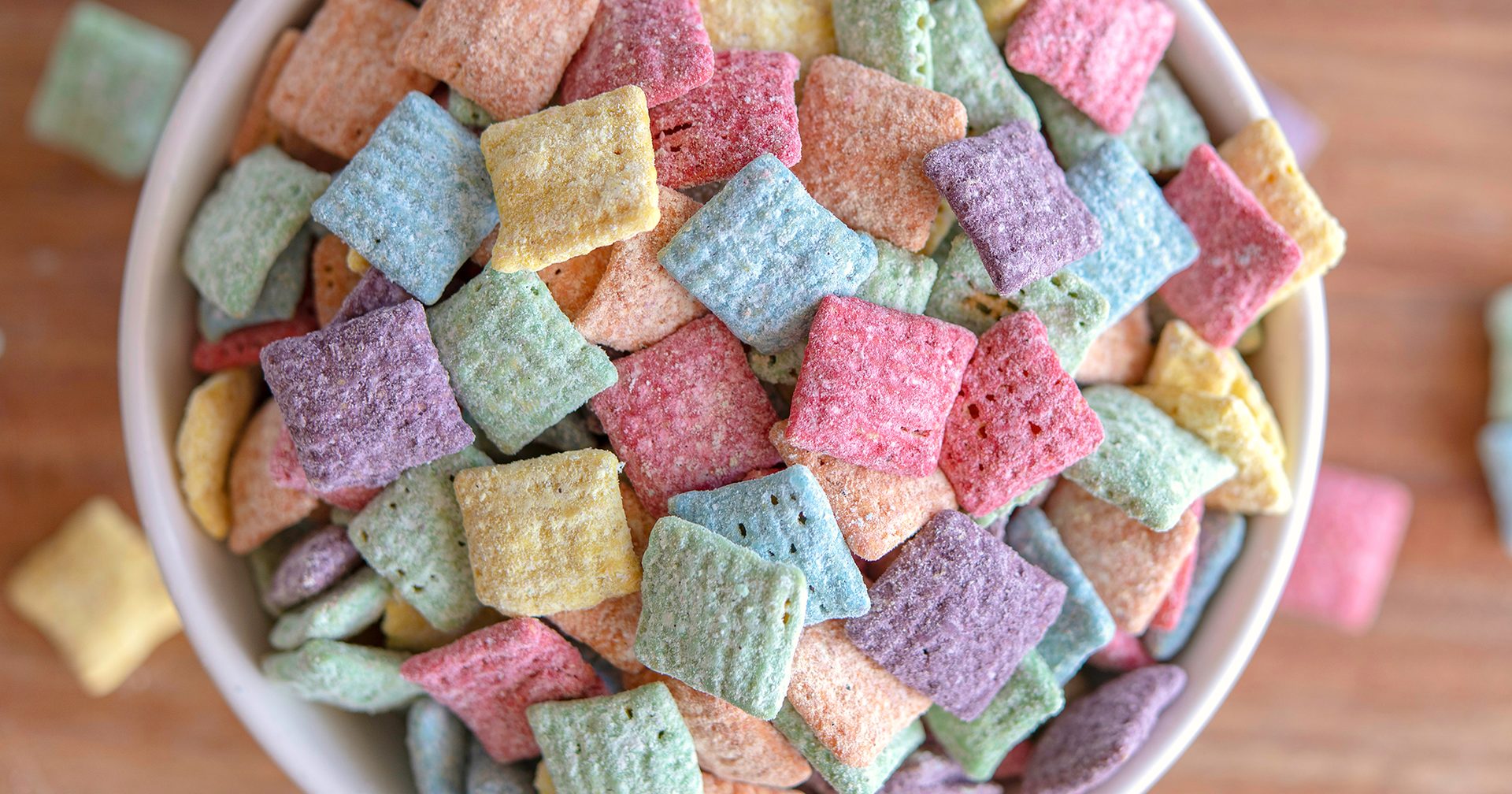Organic baking - part 2
Technologies
In spite of technology and ingredient advances, certain hurdles remain.
Organic Baking:
Rising to the Challenge
The List
According to Organic Voices, a non-profit organization that “highlights the benefits of organic food” and educates consumers about “the benefits of organic food, GMO labeling and related issues,” whenever the healthfulness of organic food is debated, there are suggestions that organic standards aren’t sufficient and are actually declining. There also is controversy over a list of allegedly non-organic ingredients that are used in certified organic foods.
A list of “gray area” ingredients does exist, established and regulated by the USDA. This “National List of Allowed and Prohibited Substances” for organic foods was created to give the organic industry some flexibility while still complying with strict regulations that protect the health of the environment and consumers.
As the organic trend continues to expand, more consumers are opting in—but they won’t compromise on flavor, texture, or appearance. Video courtesy of: Getty Images / sergeysaraev
By Jill Beaverson

Often, organic bakery products opt for formulations that follow more rustic traditions, such as using healthful whole grains and seeds. Photo courtesy of: Renewal Mill, PBC
Unlike the artificial flavors, stabilizers, colors, and other additives present in many processed and packaged foods, the USDA list only allows constituents that are deemed necessary to the development or handling of an organic food product. They also must not pose a danger to human health or the environment. More importantly, such ingredients can only land on the list if there are no organic equivalents or replacements that could be used instead.
Other ingredients permitted are necessary for producing certain organic products that cannot be derived or processed organically. These include ingredients such as baking soda, yeast, oxygen, carbon dioxide, dairy cultures, certain vitamins and minerals, natural flavors, and natural waxes. The latter two can be natural—that is, non-synthetic—but from a source that cannot be classified as organic, such as a mineral or animal byproduct. Moreover, these substances may not make up more than 5% of the product.
Organic Sales on the Up and Up
In 2004, the Organic Trade Association (OTA) reported US sales of organic food and beverages totaled just under $4 billion. By 2014, sales grew nearly tenfold to more than $35 billion. That figure doubled to $70 billion at the end of 2023, and demand is projected to nearly almost double again—to well more than $100 billion—by the end of next year. Even though growth in the total food and beverage market is relatively stable, organic demand has increased healthily in both total consumption and sales.

Vibrant natural, organic food colors usually derived from fruits and vegetables are a most welcome recent addition to the organic product developers’ toolbox. Photo courtesy of: Exberry/GNT USA Inc. (www.gnt-group.com)
The National List was created in 2002, and organic standards have grown even stricter. Since 2008, only six synthetic ingredients have joined the list, and 44 have been taken off, declined, or further restricted. Today, 127 non-organic substances can be included in organic food as long as they meet the USDA standards. This is a mere fraction of the 10,000 or so non-organic food ingredients used in processing.
Bread to Bake
With so many key ingredients in bread baking being different in organic vs. conventional bread products, it’s a given that the baking process must be altered for organic bread. For example, if bakers can’t use chemical dough conditioners and strengtheners, they don’t have the leeway to put a lot of pressure on the dough. However, on the plus side, aged or heat-treated flour and increased fermentation time can result in less stress on the dough system, yielding something more pliable for bakers to develop.

Milling companies with extensive experience in organic grain milling can help bakers navigate challenges of consistency and sourcing of organic flours. Photo courtesy of: GoodMills Innovation GmbH
Bulk organic flour is simple to use and works well with sponge formulations and bread dough formulations. Heat-treated flour has more functional proteins, while rapid-hydration technology can yield a colder dough that requires few or no dough conditioners.
The ovens used in industrial bread baking also can pose problems. Whether they’re designed for organic products or not, a common problem with industrial ovens is an imprecision of balance in the appliance itself that can lead to uneven baking or overbaking. Overbaking dries out foods, especially those with a shorter shelf life such as bread and other risen baked goods. That’s a “deal-breaker” when it comes to organic baking.
Thermal profiling is a process used to show what’s happening to the product throughout the entire baking process. It can calculate what parameters of time and temperature need to be altered in each part of the oven to reach ideal targets, i.e., the “crumb set zone.” This is, roughly, the point in time and temperature when the dough becomes bread.
Don’t Bug Me
According to Dennis Patton, M.S., a county horticulture agent for the Kansas State Research and Extension service, organically produced crops may not be pesticide-free. Organic farmers must use pesticides, and the products they can use are determined by whether they qualify as “natural.” In some cases, spraying for insects on organically produced crops might occur numerous times, with several different approved pesticides.

The organic movement meets the upcycling trend as more upcycled ingredients, such as okara flour from soy and protein from oats are derived from organic sources. Photo courtesy of: Renewal Mill, PBC
A Clean Bake
In an environment like a bakery—warm and humid, not to mention “yeasty”—mold spores and bacteria proliferate. Even though mold and most other microbes are killed during baking, they can redevelop in the same environment after baking, especially with human contact.
Pathogens can be a significant hazard for organic production lines. According to bakers, one commonly overlooked culprit is the proof box. A specific schedule of daily maintenance for this critical component should be instituted, wherein it is scrubbed, disinfected, and dried thoroughly.
According to the USDA, “Organic food handlers are not restricted to using only organic detergents, cleaners, and soaps in their facilities. The criteria for whether these items can be used in an organic facility are not based on whether they are organic. The requirement is simply to prevent contact with organic food.”
However, some organic bakeries strive to avoid depending on chemical-heavy cleaners and sanitizers to maintain a spotless bakery. Stipulating certain conditions will help thwart mold and bacteria growth. These include maintaining the ambient temperature below 30°C/86°F and the humidity below 60%. The products must have reached an internal temperature to be 35°C or 95°F before packaging and, of course, should be handled with gloves.
Flour-reclaimer cleaning systems do need to be purified for organic baking. In addition, if a baking facility produces both organic and non-organic products, it is necessary to separate the storage, baking, cooling, and production areas for the two product types. This not only keeps pathogens and contaminated surfaces separated; it also means there is no chance of non-organic materials being mixed into organic ingredients.
Organic baking isn’t only about the bakery item itself–it entails the entire process, from farm to facility, from store to table. Although it can involve extra steps, ingredients, and equipment—with noted cost differences compared to conventional baking—bakeries transitioning to organic can see it as an occasion to upgrade their techniques and equipment. And, of course, it’s an opportunity to jump on board a trend that offers plenty of room for growth, innovation, and success. PF
With more than 25 years of experience in food and beverage journalism, Jill Beaverson has made culinary and food product development her special area of coverage. She has written for multiple food and food industry publications, and represented foodservice companies, vineyards, the California Artisan Cheese Guild, and Microsoft. Beaverson’s journalism degree is from the University of Missouri-Columbia. She can be reached at jilllynneb326@gmail.com.


